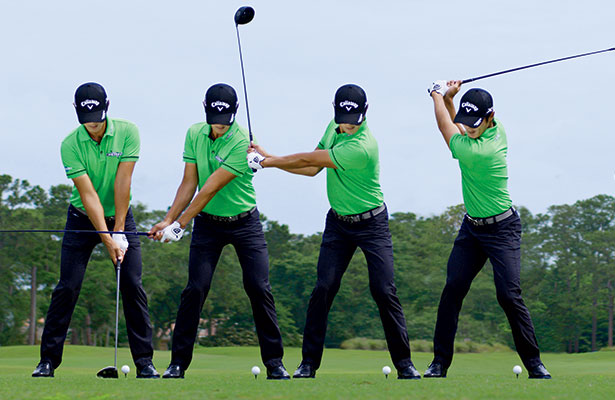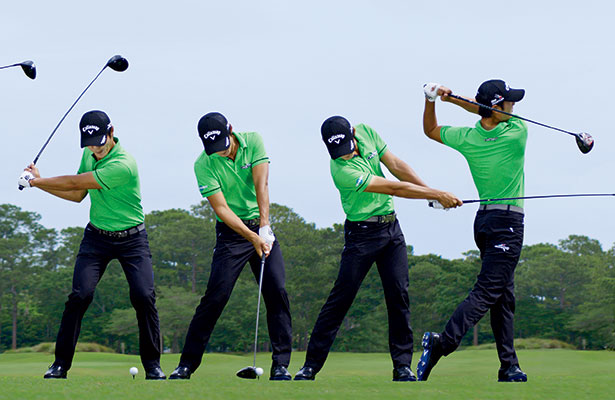A swing that has finally found its place.
Danny Lee is not your ordinary tour pro. Not even close. Most of today’s young players are bred on the college circuit and come out ready to win, but the Korean-born Lee took a different route.
At age 11, Danny moved with his family to New Zealand when his father became ill. They stayed for six years while he received cancer treatments. So Danny learned golf as a Kiwi of sorts, which explains his unique way of talking. “He’s caught between Korean and English with a New Zealand accent,” says his teacher of 18 months, Drew Steckel.
Lee’s father recovered, and the family immigrated to the US. Lee was working with Jim Flick and won the 2008 US Amateur at age 18, then the youngest-ever winner. But after Flick died in 2012, Lee lost his way, bouncing around tours and among teachers. “I saw a lot of instructors,” Lee says, “but nothing felt right. Then I found Drew.”
“I’m like a big brother,” Steckel says. “I make sure he focuses on golf.” That doesn’t seem very hard to do. Steckel says: “He practises more than anyone out here.” In July, Lee got his first US PGA Tour win, at the Greenbrier Classic. Stay tuned.
Making Headway
Lee’s teacher, Drew Steckel, likes Danny’s head position at setup: well behind the ball. “He’s looking at the back of the ball,” Steckel says, “which lets him make a good turn – and stay centred – and not make a reverse pivot.” This position also leads to an upward hit with the driver, which helps maximise distance.
Stable Going Back
On the backswing, Lee’s lower body remains fairly quiet. “As he starts back, I don’t want to see the hands too far from the right leg,” Steckel says. “That would pull him too far to the right. I want him to stay balanced and stable, which sets up a great coil and a consistent move coming down.”
Room To Turn
At the top, Lee’s hips are turned about 45 degrees, and his shoulders have rotated past 90. “Turning the hips freely allows Danny to create more length in his swing,” Steckel says. He notes Lee has a slightly closed clubface and bowed left wrist, reducing the need for hand action and boosting consistency.
Staying Grounded
Halfway down, Lee’s head is tilting to the right, keeping him behind the ball for the strike. “From here, he can swing to the right and hit a draw,” Steckel says. “He’s very stable on the downswing. Look at the space between his knees.” Lee stays flat-footed through impact, utilising the ground for leverage.
Dead Solid Perfect
At impact, Lee is pouring on the speed. “Danny’s right arm is in front of his right hip, which flattens the clubshaft and allows him to really launch the driver,” Steckel says. “This position is similar to a legendary player we all admire: Ben Hogan. It’s like throwing a baseball underhanded.”
Free To the Finish
Lee stays in his posture and maintains the gap between his knees as he moves through the ball. “He feels the ground with his feet and lets his arms swing past his body for a full release of the club,” Steckel says. “I like him to hold his pose at the finish for three seconds. That keeps him tall and totally in balance.”
Pro-file
Danny Lee
25
5-11
79 Kg
Irving, Texas
Driver
Callaway XR
9 degrees
Ball
Callaway
Chrome Soft





